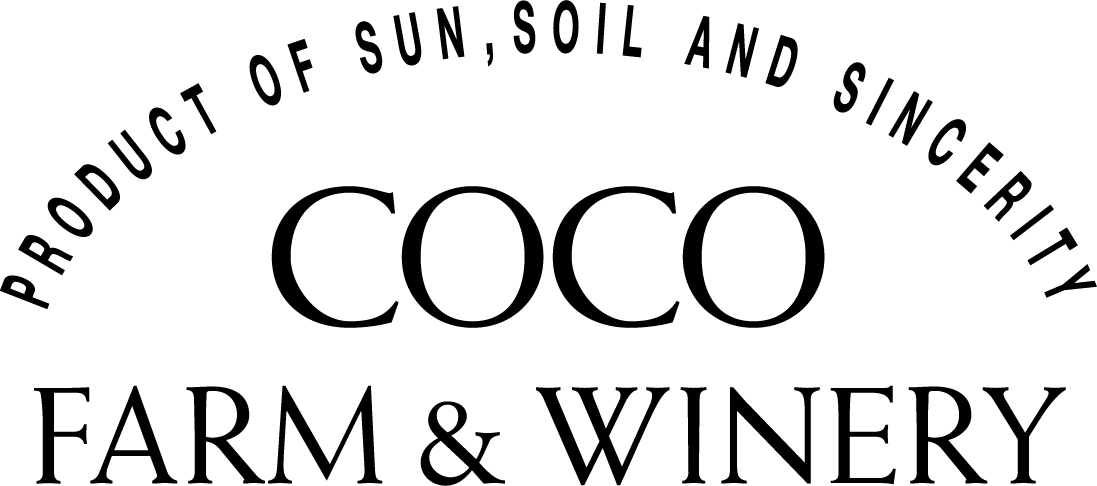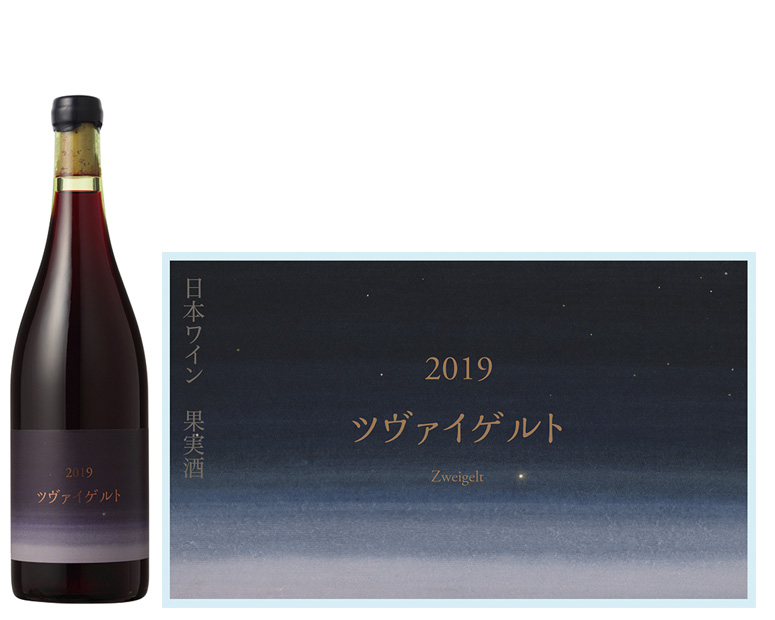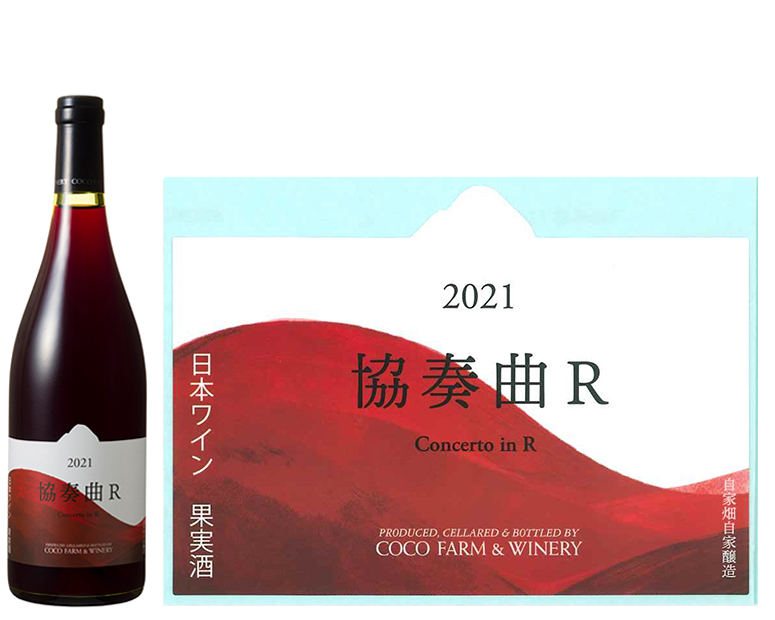The production of high quality Pinot noir is not an easy pursuit.
The grape variety is difficult to grow on many levels. Firstly, more than other grapes it really does ‘choose’ the sites in which it will perform well. Chardonnay can make a passably good wine under any number of environmental conditions: different soils, different climates, etc. But Pinot noir only performs in a narrowly defined range of soils and weather patterns… grow the grape in conditions not exactly fit to the grape’s comfort zone and the result is at best a boring, weak red wine. Pinot noir is also a notoriously particular grape when it comes to yields: over-cropping Pinot noir by as little as an extra ton per hectare will rob the grapes (and the resulting wine) of depth and character.
In the cellar, too, Pinot noir is a demanding partner. An extremely gentle hand is required, or the delicacy, silkiness and ethereal aromas that are unique to the grape will be destroyed, leaving a clunky, inelegant wine.
These many difficulties, though, hardly keep people from trying. In fact, given the frustrations and failures that accompany attempts to make great Pinot noir, it is surprising that so many try. But one experience with a great bottle of Pinot noir—the dancingly light, yet complex aromas, the silky palate feel and the gentle, earthy finish as soft as a lover’s kiss—will convince anyone of the heights that the grape can achieve. And we foolish winemakers fall under the spell of this most fickle partner.
The COCO TOARU PINOT NOIR was started from a new vineyard planted in Yoichi.
The growers responsible are the KIMURAS, a family operation that grows more Pinot Noir (and has done so longer) than just about anyone else in Japan. We have known the family for a long time, and have admired greatly their dedication to quality Pinot noir growing.
This new vineyard is planted on a steep west-facing slope of red clay-loam soils. The vines are lovingly attended, and produced only moderate amounts of very ripe Pinot noir.
■Winemaking:
Hand-sorted fruit. 80% de-stemmed, 20% whole cluster. Fermented at moderate temps (@ 23 deg-C) using wild yeasts. Fermentation time averaged 2.5 weeks, with periodic gentle pump-overs. Pressed into stainless steel tanks, settled.
Racked to barrels: 80% used oak, 20% new oak / 100% French oak
Barrel aged for 14 months. Racked to blend, small amount of SO2 added (<30 ppm). Bottled without filtration.
| TECHNICAL DATA | |
| VARIETY | Pinot Noir 100 % |
| VINEYARD | Nobori district, Yoichi, Hokkaido |
| HARVEST DATE |
4th to 13th November 2020 |
| BOTTLING |
Bottled on: 15th August 2022 The number of bottles: 4,226(750ml) |
| ANALYSIS DATA |
Alcohol: 12.1% Total acidity: 8.7g/L Residual Sugar: 2.8g/L |
12/Dec/2022







